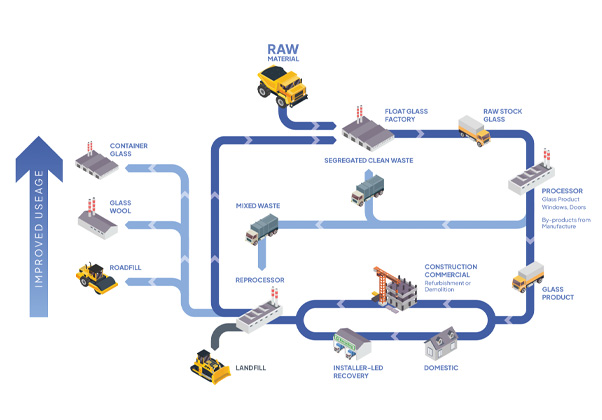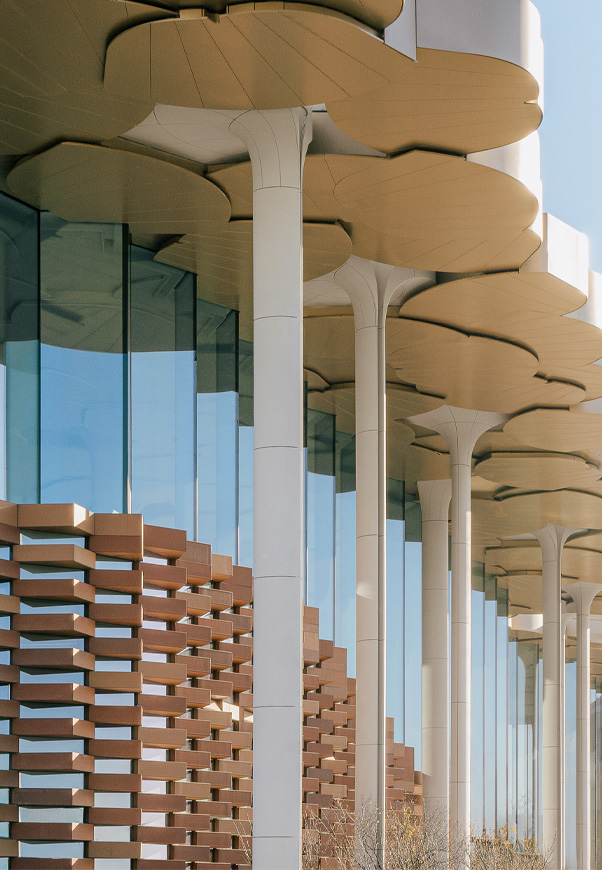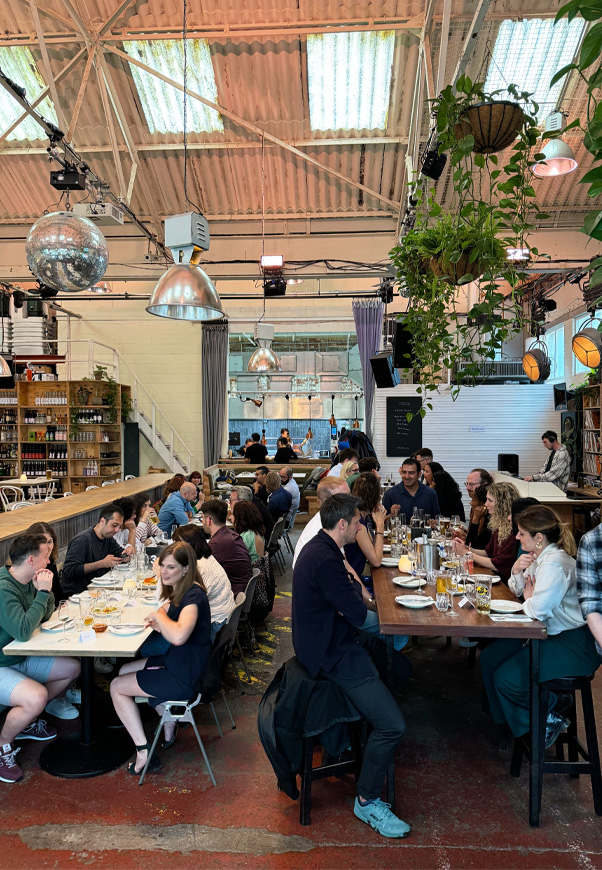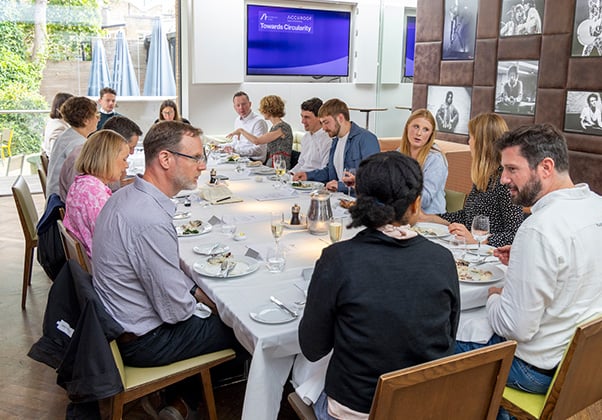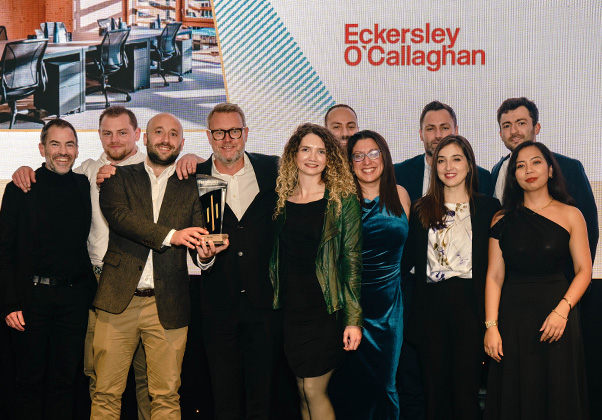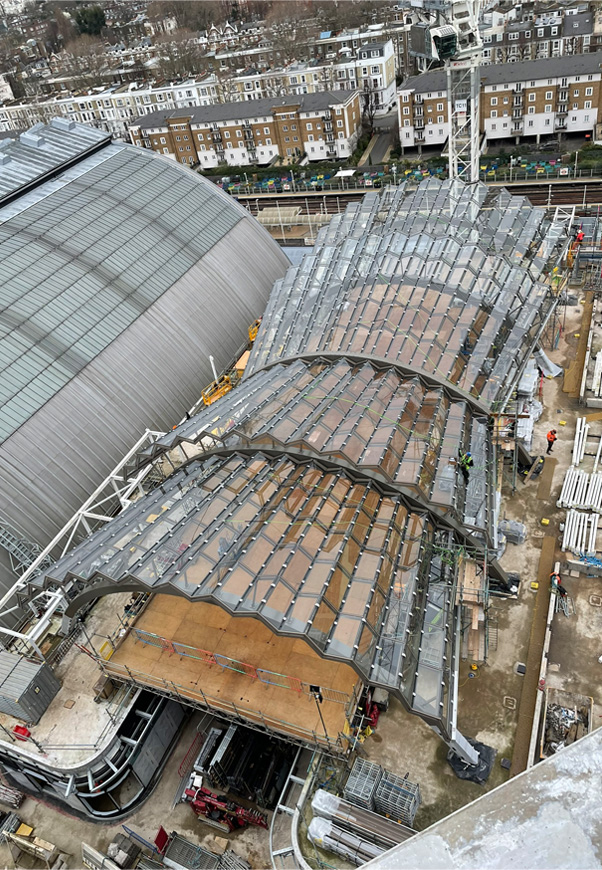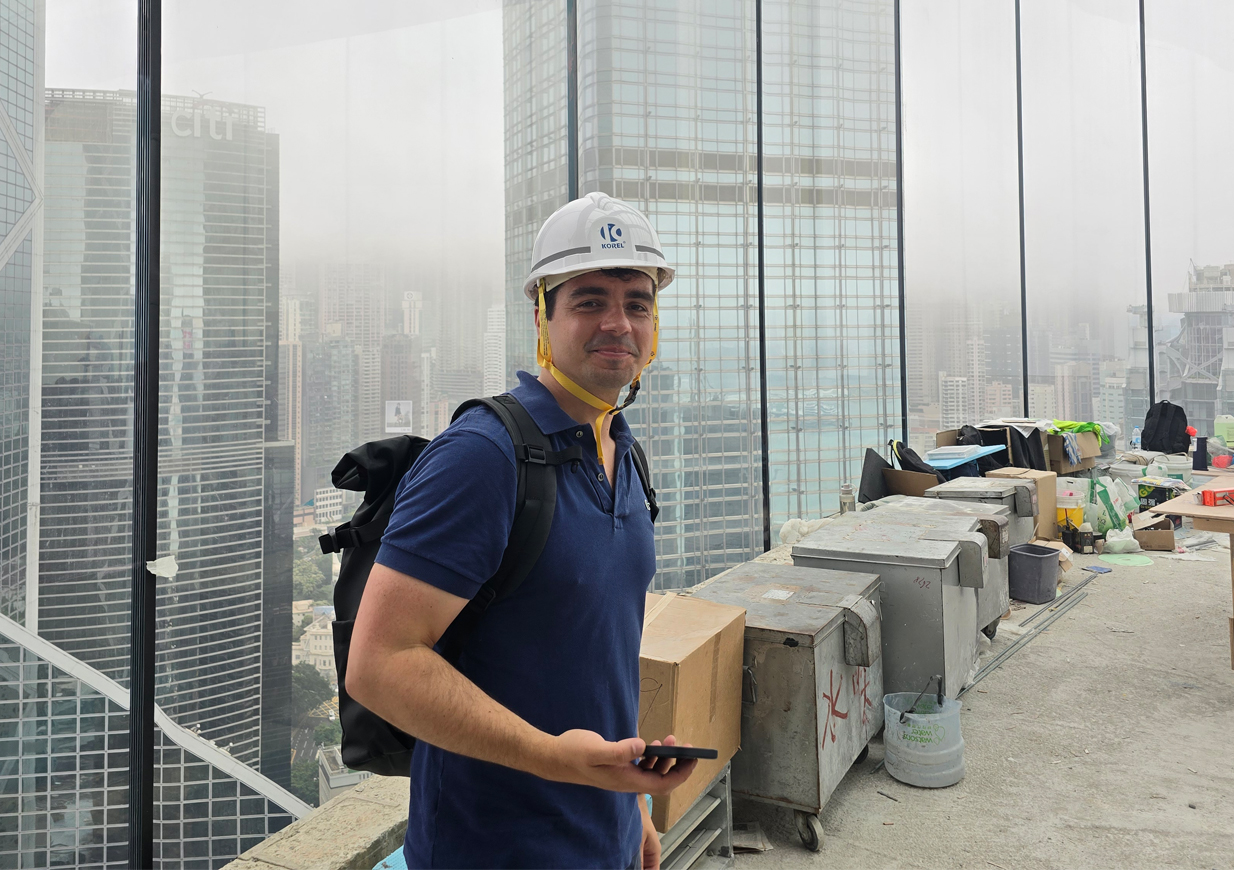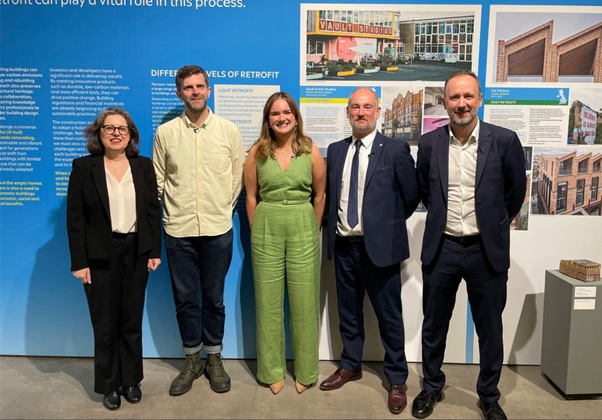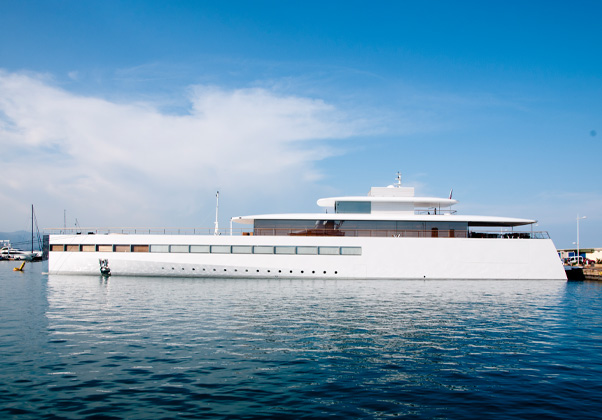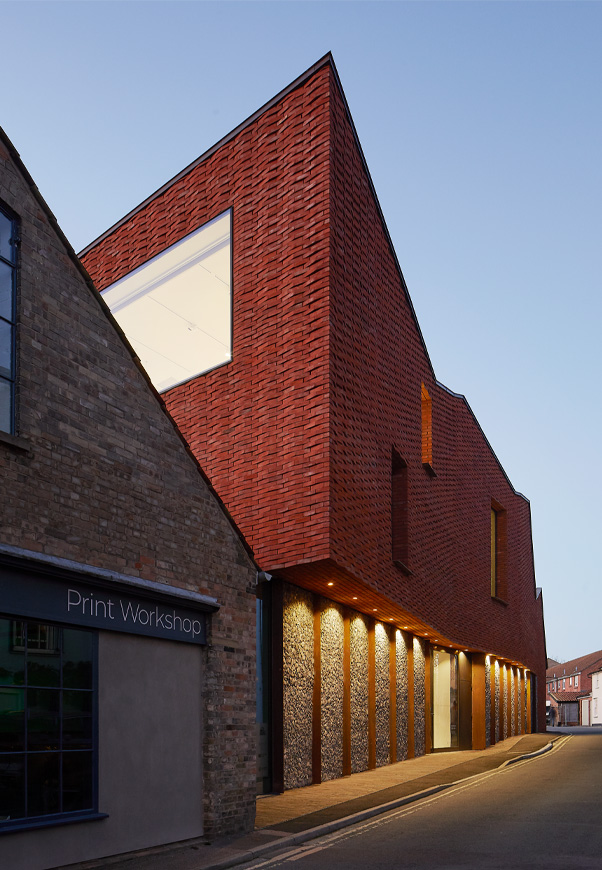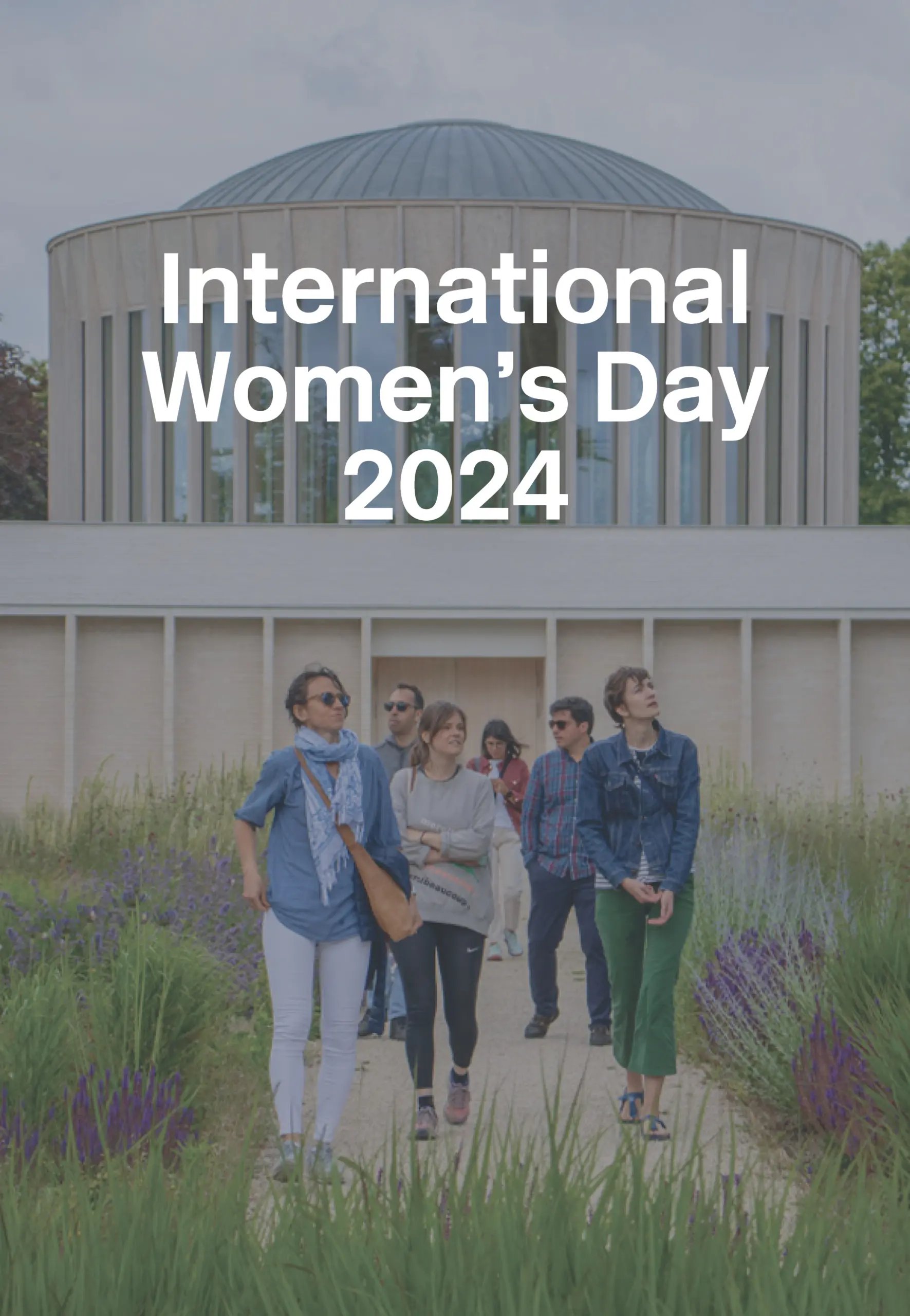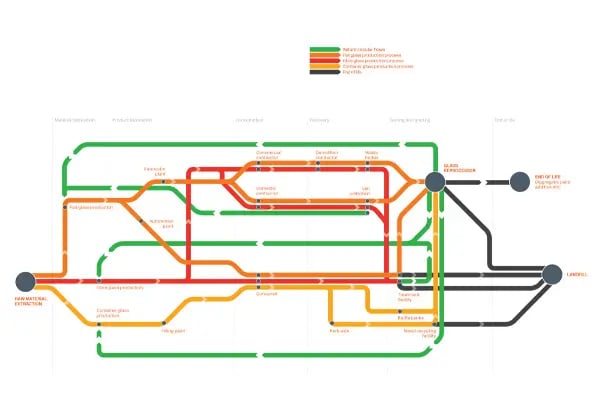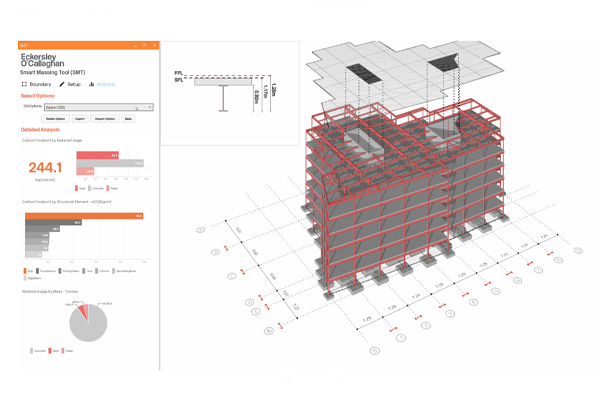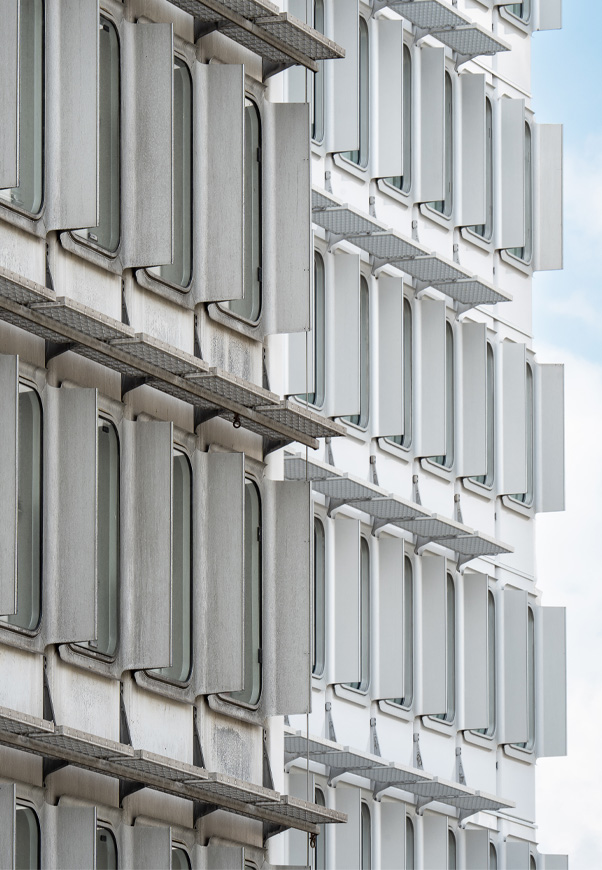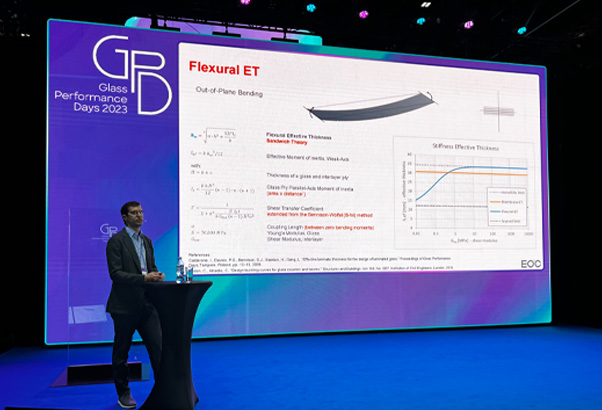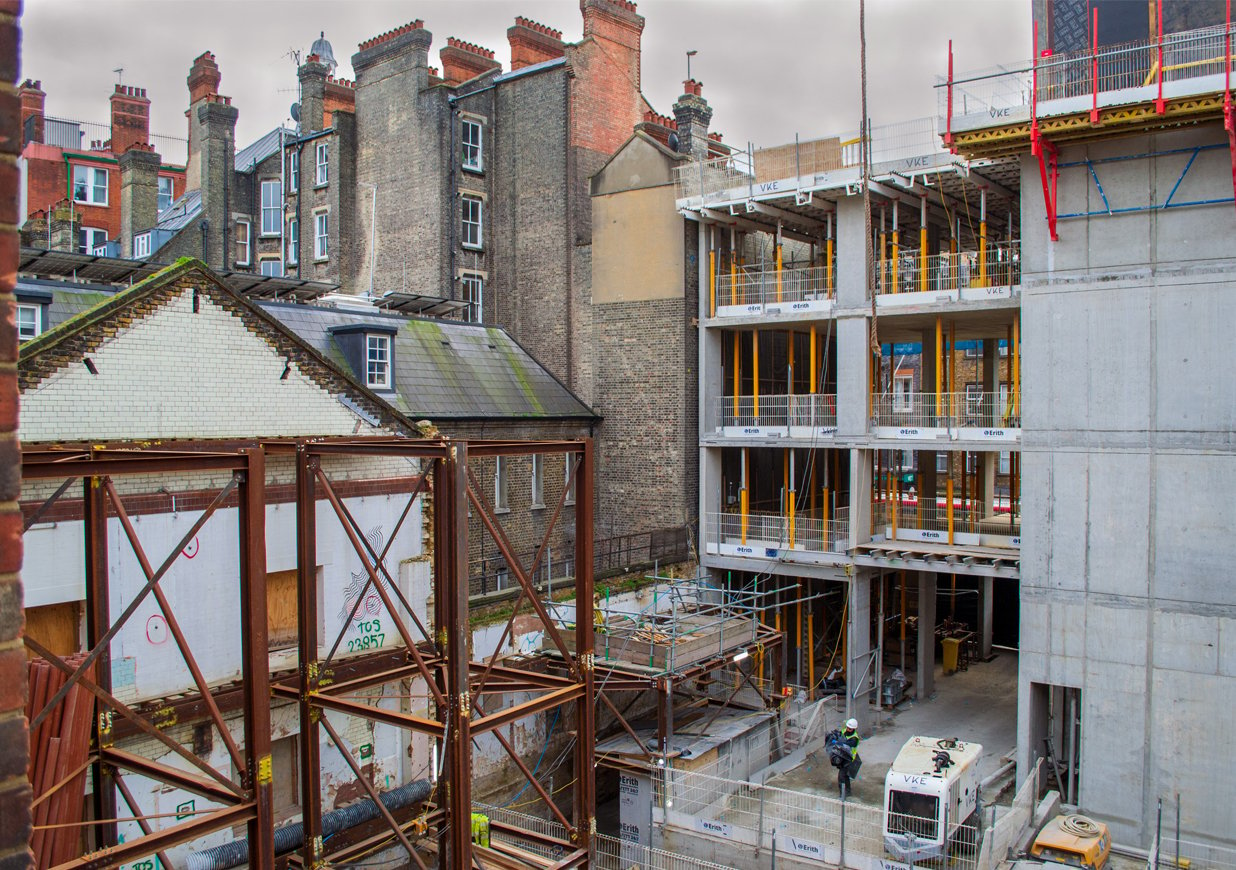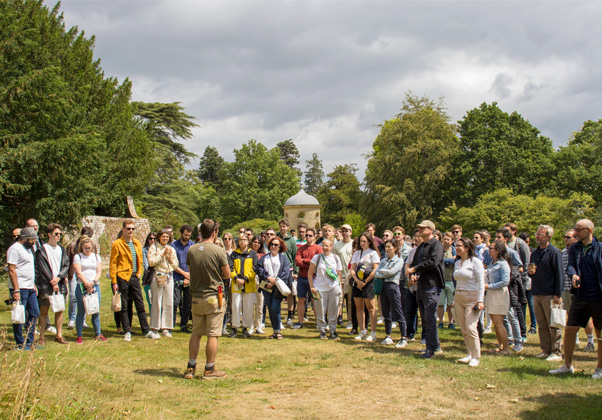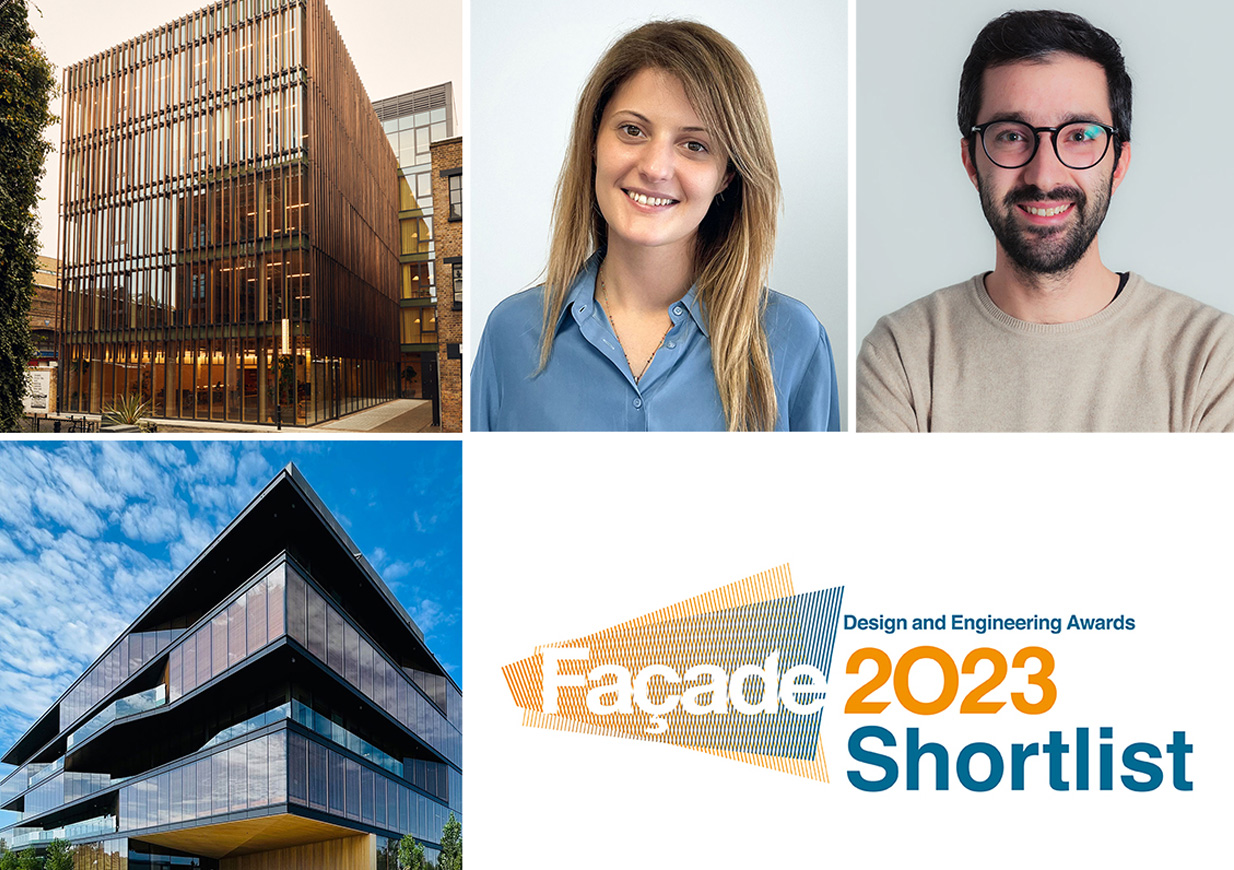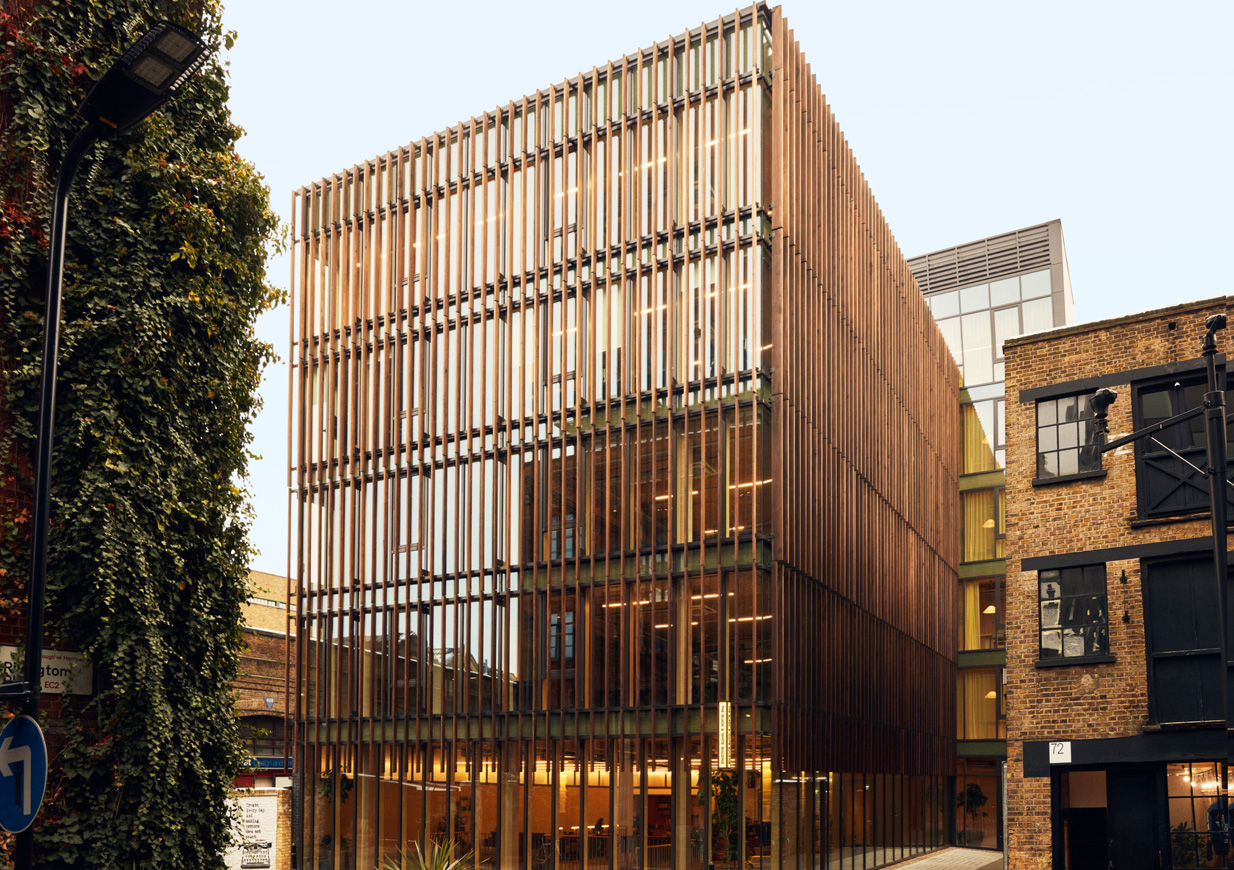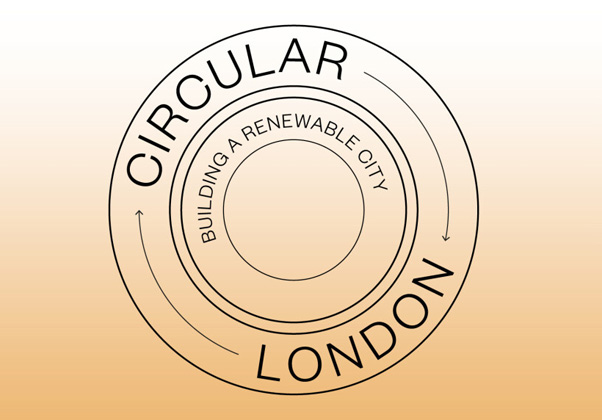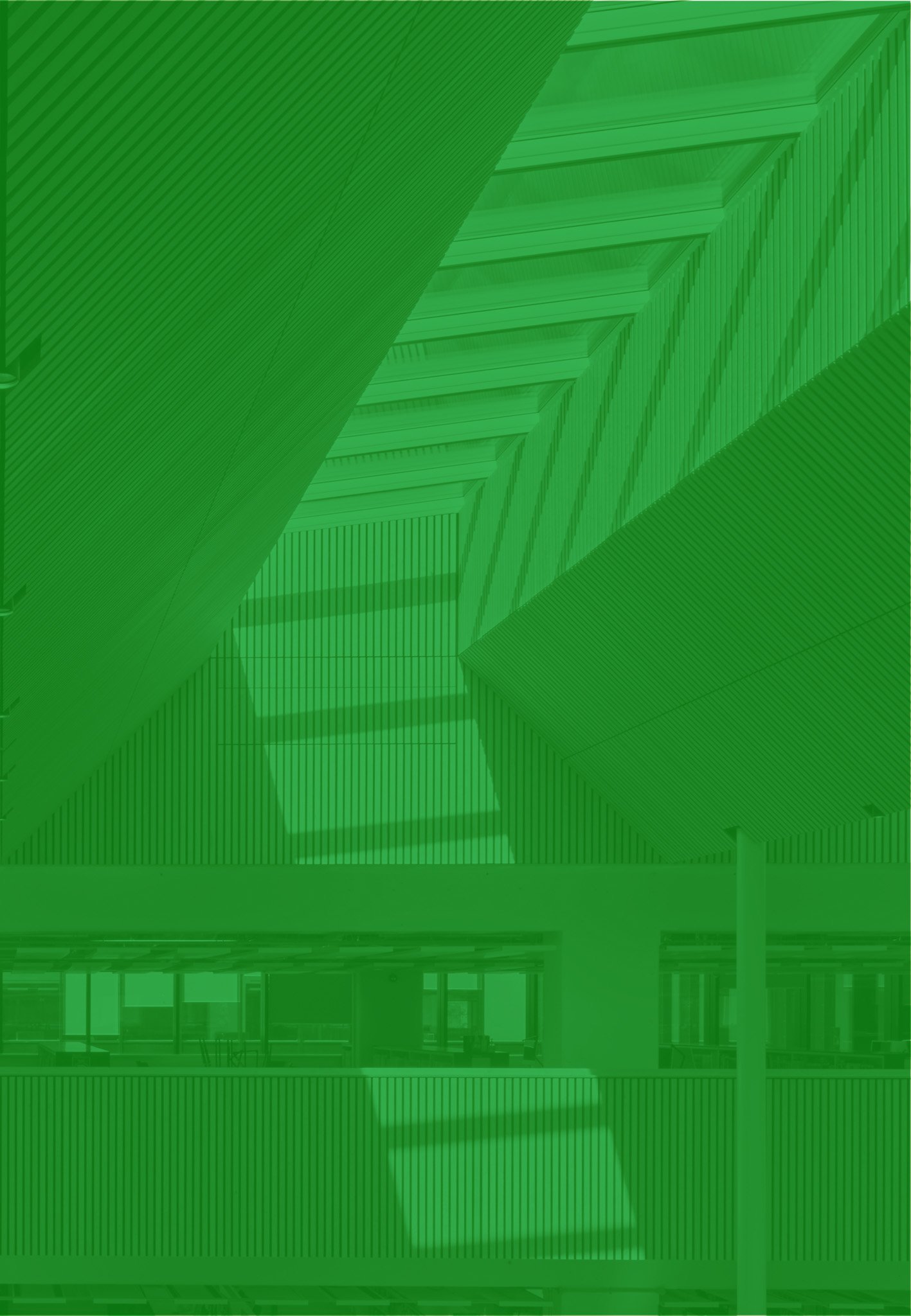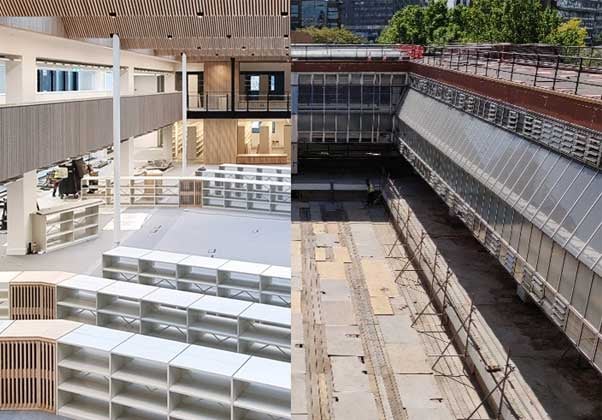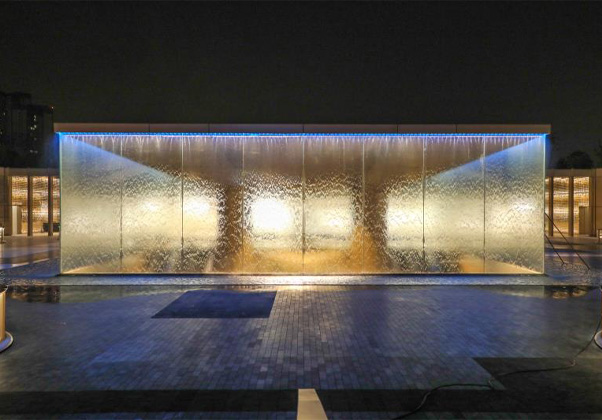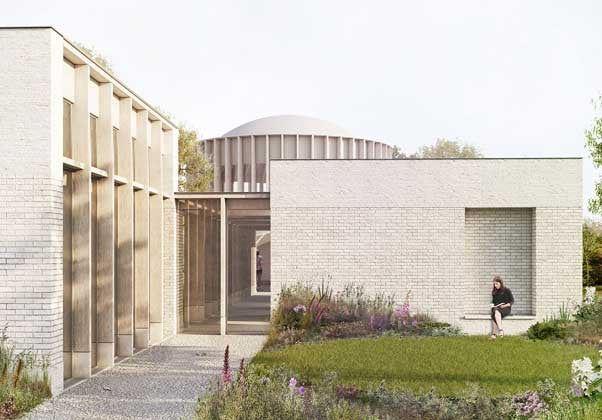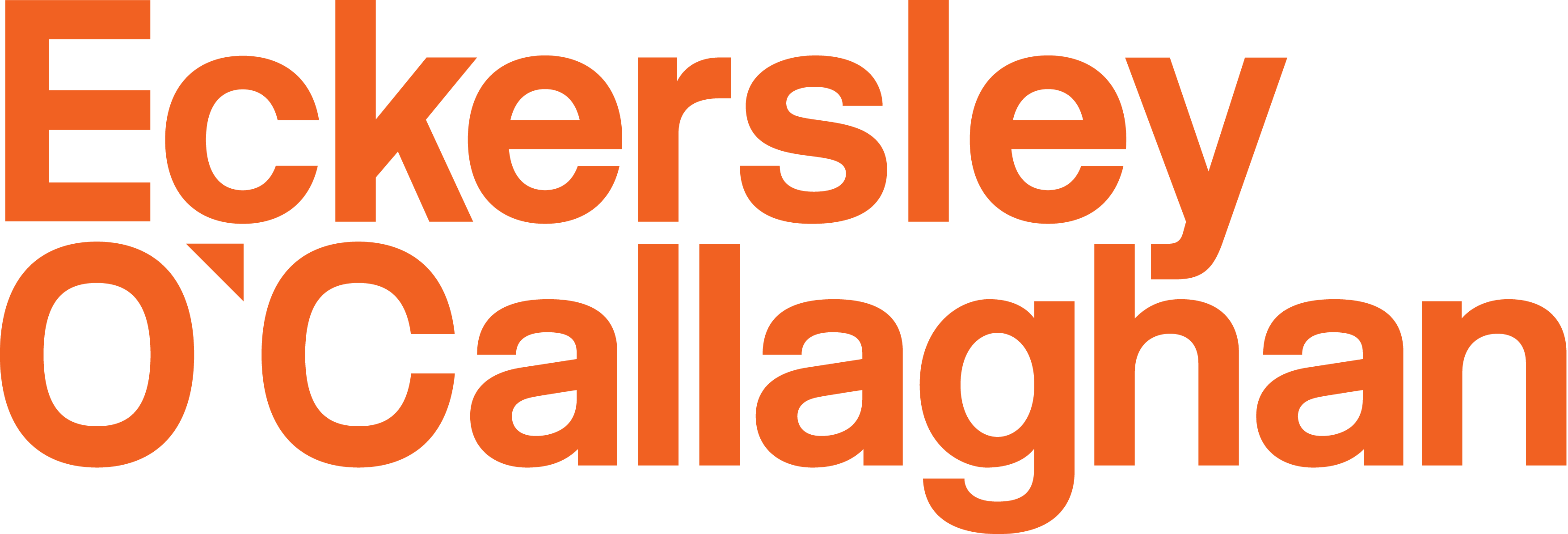Digital Design | BayBuilder
20 August 2024
As part of our Digital Design tool kit, we are pleased to unveil the first internal release of BayBuilder, a parametric facade engineering and performance analysis tool.
The tool is designed to facilitate the evaluation and comparison of different facade systems and materials with a focus on their environmental impact and performance. The tool’s primary objectives are to streamline the facade design process by enabling quick toggling between various systems and materials, enhance decision-making through precise assessments, and support the creation of visually striking and environmentally responsible buildings from the outset. BayBuilder achieves this by automating detailed calculations through parametric modelling and programming, which allows for rapid and accurate results. It generates detailed 3D models of a repeatable facade bay that provide insights into the embodied carbon, thermal performance, and structural impact of different facade options. This comprehensive approach enables improved communication between facade engineers and designers, leading to faster collaboration and more informed decisions.
Before BayBuilder, the design process relied heavily on labour-intensive, time-consuming manual calculations, which limited the exploration of multiple design options. Existing methods often involved assumptions based on past projects that may or may not always be suitable for current facade systems, leading to inefficiencies. Also, different people have different calculation methodologies, that may lead to inconsistencies within same organisation.
Our tool addresses these issues by integrating a user-friendly interface and an in-house curated embodied carbon database, that simplifies the process of facade design for every user.
BayBuilder’s success has purely been measured based on its popularity amongst the team. The tool reduces the time required for facade design assessments, condensing a day’s work into a few minutes, enabling thorough exploration of multiple options, and achieving significant reductions in embodied carbon for projects. Apart from increasing the efficiency of the team, the tool also helps achieve consistent results and enhances collaboration and communication among project stakeholders, fostering a more integrated and efficient design process. For instance, in a facade refurbishment project in Victoria, London, BayBuilder helped achieve a 48% reduction in embodied carbon.
Successful implementation of the tool across multiple projects underscores its potential for widespread adoption and its significant contribution to sustainable design practices in the built environment.
Up next in the BayBuilder tool series is BayBuilder 2.0, currently under development. This update will significantly expand functionality by incorporating additional facade systems. It will also strengthens the close collaboration between our Digital Design and Sustainability teams, who are continuously enhancing and expanding our Embodied Carbon database. Stay tuned for more updates!

